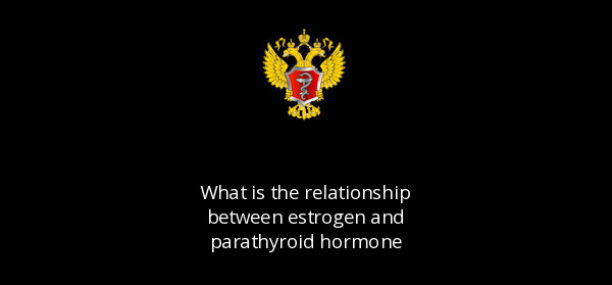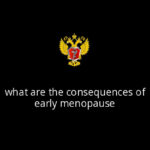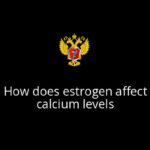Abstract
Estrogen and parathyroid hormone interact in complex ways to regulate calcium metabolism, bone turnover, and hormonal balance in the body. Further research is needed to fully elucidate the molecular mechanisms underlying their interactions and their implications for health and disease
What is the relationship between estrogen and parathyroid hormone?
Estrogen and parathyroid hormone (PTH) are both key regulators of calcium homeostasis in the body, and they interact with each other to maintain calcium balance and bone health. Here’s the relationship between estrogen and PTH:
- Estrogen’s Effects on Parathyroid Hormone Secretion: Estrogen has been shown to influence the secretion of parathyroid hormone from the parathyroid glands. In general, estrogen tends to suppress the synthesis and release of PTH, particularly under conditions of high estrogen levels. This inhibitory effect of estrogen on PTH secretion helps prevent excessive mobilization of calcium from bone and excessive renal calcium excretion, contributing to calcium conservation in the body.
- Estrogen’s Effects on Parathyroid Hormone Receptor Expression: Estrogen may also influence the expression and activity of parathyroid hormone receptors (PTH receptors) in target tissues, such as bone and kidney. While the exact mechanisms are not fully understood, estrogen has been shown to modulate the sensitivity of target cells to PTH signaling. By altering PTH receptor expression or downstream signaling pathways, estrogen can influence the responsiveness of target tissues to PTH action, thereby affecting calcium metabolism and bone turnover.
- Parathyroid Hormone’s Effects on Estrogen Metabolism: Conversely, PTH may indirectly influence estrogen metabolism and activity through its effects on vitamin D metabolism and bone remodeling. PTH stimulates the production of active vitamin D (calcitriol) in the kidneys, which, in turn, enhances intestinal calcium absorption and may indirectly affect estrogen synthesis and metabolism. Additionally, PTH stimulates osteoclast activity and bone resorption, leading to the release of growth factors and cytokines that could potentially modulate estrogen production or receptor signaling in bone and other tissues.
- Clinical Implications: Dysregulation of the estrogen-PTH axis can have significant clinical implications for bone health and calcium homeostasis. For example, estrogen deficiency, such as during menopause or following oophorectomy, can lead to increased PTH secretion and bone turnover, contributing to accelerated bone loss and osteoporosis. Conversely, excessive PTH secretion, as seen in primary hyperparathyroidism, may disrupt estrogen metabolism and signaling, potentially affecting bone density and fracture risk.
Verified by: Dr.Diab (March 29, 2024)
Citation: Dr.Diab. (March 29, 2024). What is the relationship between estrogen and parathyroid hormone. Medcoi Journal of Medicine, 1(2). urn:medcoi:article32902.














There are no comments yet
Or use one of these social networks